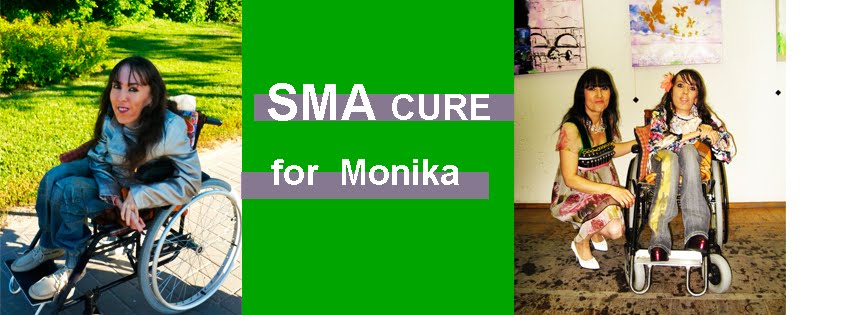WOW, INCREDIBLE NEWS!!!
AveXis, Inc., a clinical-stage gene therapy company developing treatments for patients suffering from rare and life-threatening neurological genetic diseases, today announced the U.S. Food and Drug Administration (FDA) has granted Breakthrough Therapy Designation for AVXS-101, the company’s lead development candidate for the treatment of spinal muscular atrophy (SMA) Type 1 in pediatric patients.
The Breakthrough Therapy Designation is based on preliminary clinical results from the ongoing trial of AVXS-101, conducted in collaboration with The Research Institute at Nationwide Children’s Hospital and The Ohio State University.
“We are encouraged to have received Breakthrough Therapy Designation for AVXS-101, and look forward to collaborating with the FDA to determine next steps in the development pathway for AVXS-101,” said Sean P. Nolan, president and chief executive officer, AveXis. “By this action the FDA recognizes the high unmet need for effective treatment options for patients suffering from SMA.”
The FDA has requested the company submit a Type B meeting request for a multidisciplinary, comprehensive discussion of the development program for AVXS-101. The company plans to submit the meeting request later this month.
About Breakthrough Designation
“Breakthrough therapy” is a designation that allows the FDA to expedite drug development. In order to be granted breakthrough designation, a drug must be used to treat a serious or life-threatening disease, and the early evidence from clinical trials of that drug must show evidence that it may provide substantial improvement. Prior studies have shown that breakthrough designation can shorten the development timeline of a drug by as much as two years. AVXS-101 is the first SMA drug program to be granted breakthrough designation.
Along with other designations, such as fast-track, breakthrough therapy is available for conditions including SMA, where there is a significant unmet need for effective therapies. To learn more about the different types of expedited review that are available, refer to that section of our clinical trials booklet, or download the full booklet to learn more about the entire clinical trial process.
Cure SMA Funds Multiple Gene Therapy Approaches
Beginning in 2010, Cure SMA made a series of grants to Nationwide Children’s Hospital to study gene therapy, also called gene transfer. SMA is caused by a mutation in the survival motor neuron 1 gene (SMN1). Because of this mutation, the individual does not produce enough survival motor neuron (SMN) protein.
Gene transfer may increase SMN levels by using a virus, called a vector, to deliver the SMN1 gene to affected cells. Currently, two approaches are being studied. The first is an injection into a vein, known as systemic delivery, which is the process being tested in the AVXS-101 trials.
A second method being investigated delivers the drug directly into the cerebrospinal spinal fluid (CSF), a process known as CSF-delivered gene therapy. CSF-delivered gene therapy has shown promise for reducing the amount of drug required for larger and older patients. This could eventually make the treatment accessible to a wider population.
In total, Cure SMA has granted $845,000 for gene therapy, including support for both the systemic program and the CSF program, to Nationwide Children’s Hospital and Ohio State.





